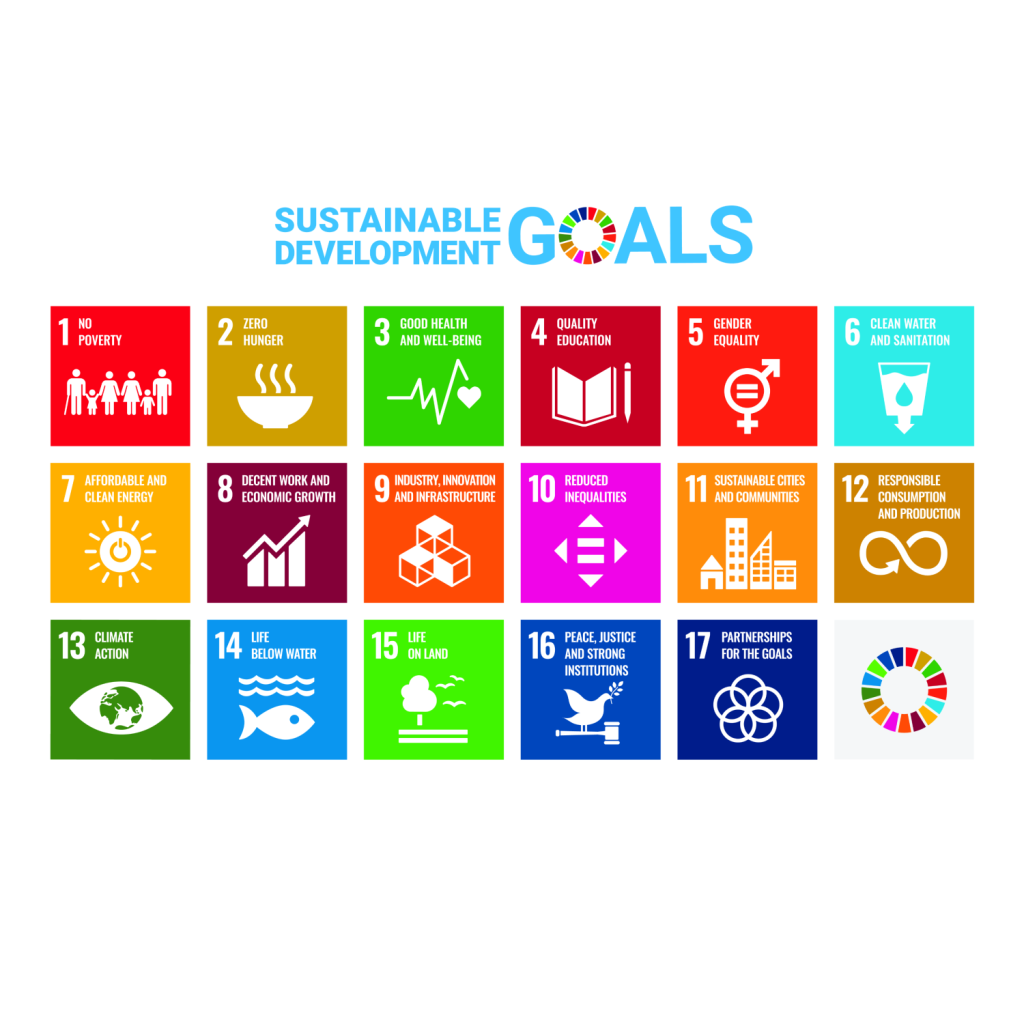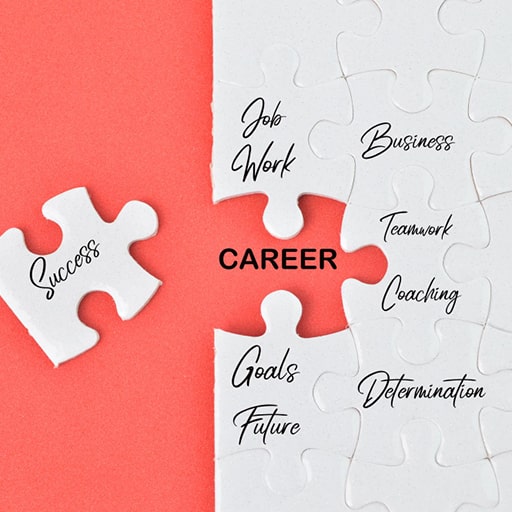Bees can process ultraviolet light, to make the flowers they target more vivid and ensure the pollen stands out. SMART Goals even though a term overused in business does the same trick. It separates the important from urgent and keeps the main thing the main thing. Organizational goals create clarity and provide confidence by defining future in advance.
A 2011 meta-analysis (a mega-study of lot of smaller research studies) examined the results of 38 studies the effect of organizational goals on performance. It revealed three key characteristics of performance-boosting goals:
Specific. Clear you are about what you want to achieve, higher your motivation to act on it. Of course, clearly articulated goals (reduce 4kgs in 2 months) will result in significantly higher performance than moderately specific (reduce some weight in 2 months) goals.
Idea: Be precise!
Tough. The research also supports Locke’s original goal-setting theory; challenging goals lead to higher performance than easy ones. The idea– anything stretched grows stronger and anything strained grows weaker, while you also get to test your conviction and determination.
Idea: Challenge yourself!
Group centric. Group centric individual goals improved performance. Egocentric goals actually had a detrimental effect on the group’s performance, because individuals weren’t invested in the group’s success. Egocentric goals also meant individuals competed for resources, which undermined the group as a whole.
Idea: Have a Bigger purpose!
What difference do goals make at individual level?
With vision about five times sharper than our own, an eagle can spot a target as small as a rabbit up to a mile away. Each day is a simple choice, either you decide how your day goes or someone else will.
David McClelland highlighted in his book, “The Achieving Society.” the three motivators that he believed are common to all individuals- need for achievement, need for affiliation, and a need for power. Understanding these needs in organizational context and applying them to set goals would accelerate the results that can be achieved from goal setting!
US Navy SEAL, David Goggins, Who is also an ultra-marathon runner, ultra-distance cyclist, triathlete and former world record holder for the most pull-ups done in 24 hours tells the story of his abusive father and how he suffered many emotional scars in life in his book Can’t Hurt Me. David talks about how he and his mother moved out of their home to escape his abusive father. David’s triumph over his struggles asserts McClelland theory of need for achievement; People who are motivated by achievement thrive on overcoming difficult problems and work very effectively either alone or with other high achievers.
How should Goals Cascade across the organization for sustained progress?
A nearly 200-mile foot race, the Nike Hood To Coast is one of the largest relay race in the world in terms of total participants—12,000 runners and 3,500 volunteers attracts runners from across the United States as well as other nations. The members of a team take turns completing parts of racecourse, such races are not run with the focus and determination of one person, it is a synchronized effort of various individuals who have a common goal and clearly see their part in the big picture. Same applies to organizational goals and what matters most is the clarity in cascading them effectively to every single individual running the race.
What are sustainable (Triple Bottom Line) goals?
Triple Bottom Line (TBL) goals can bring you Market differentiation, reduce your risk, improve stakeholder relationship, and finally improve productivity and profitability. Over the past five years, companies like Unilever, Tesla, Chipotle, Ikea, Nike and Whole Foods, the billion-dollar companies are driving their profits from sustainability!
Unilever as one of the largest tea producing company has understood the need for fundamental change to the whole system to make a genuine difference in the issues that matter to business and communities. This undoubtedly brought them to the forefront as a sustainable brand. Paul believed that the company’s ‘sustainability’ goals could drive savings, product innovation, and differentiation across the company’s portfolio.
How can you set up Triple Bottom Line goals for 2021?
Many KPIs fail because they lack proper definition, many organizations fail because they have no alignment. Year 2021 must begin with a clear strategy for execution of goals which are sustainable and holistic. Organizational achievements are the outcome of unparalleled commitment of individuals to their goals and companies commitment to their stakeholders
Contact ‘The Greater Change’ team to deliver well aligned robust KPIs for your organization for 2021.
“To survive and prosper over the long term, learn how to adapt your business model by making it a servant to society and the environment. Not the other way around”. —Paul Polman, CEO, Unilever.





